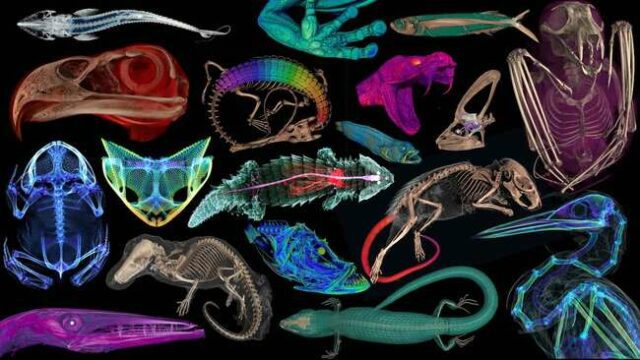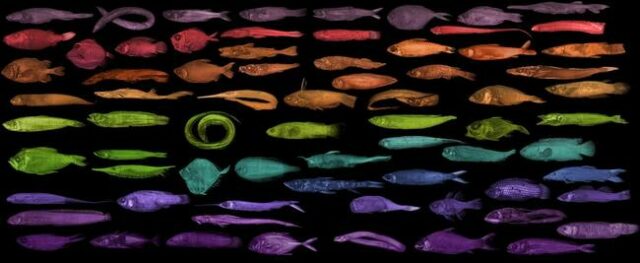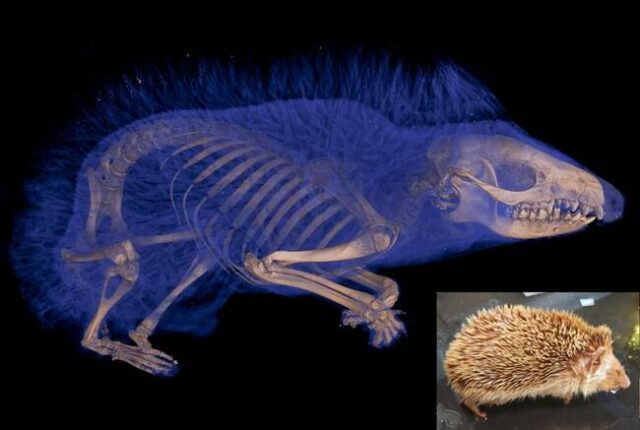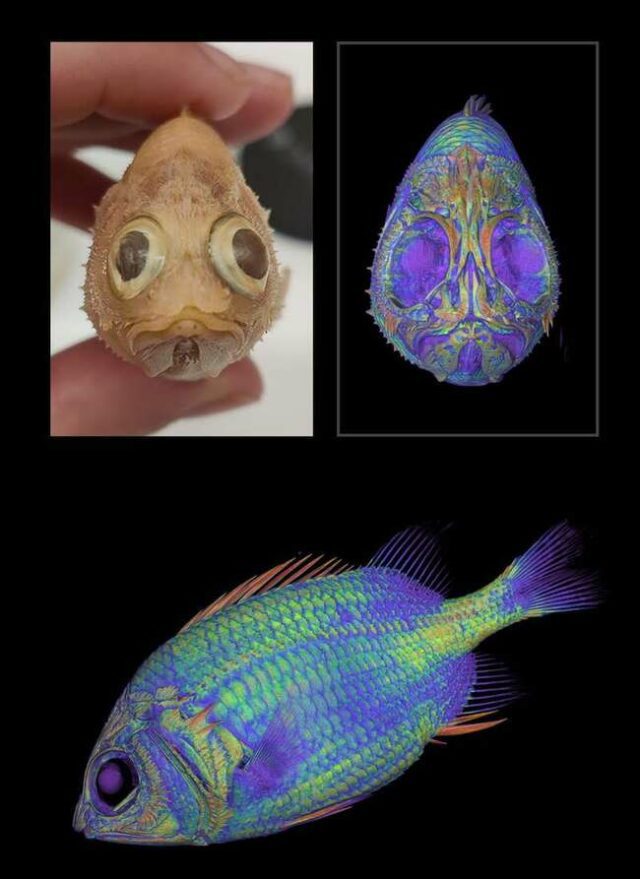
The completion of the openVertebrate (oVert) project marks a monumental leap forward in both scientific research and public accessibility to natural history collections. Over the course of five years, 18 institutions collaborated to undertake the ambitious task of 3D-scanning thousands of vertebrate specimens, resulting in an extensive digital repository now freely available online. Through the publication of their findings in the journal BioScience, researchers have provided a glimpse into the vast potential of this data, showcasing its capacity to fuel innovative inquiries and technological advancements. Edward Stanley, co-principal investigator of the oVert project, reflects on the profound evolution from the era of secretive cabinets of curiosity to today’s mission of widespread knowledge dissemination. The initiative seeks to break down the barriers of traditional museum collections, empowering scientists, educators, students, and artists worldwide to engage with these invaluable resources remotely.

The impact of the oVert project extends far beyond the realm of scientific discovery, permeating into realms of art, education, and technological innovation. Utilizing the detailed 3D models created through the project, artists have crafted realistic replicas, while educators like Jennifer Broo have transformed their teaching methods, providing students with tangible, authentic data to fuel their exploration of evolution. Moreover, the integration of oVert specimens into virtual reality platforms offers immersive experiences, allowing users to interact with and study these creatures in unprecedented ways. Funded in part by the National Science Foundation, the oVert project exemplifies the intersection of scientific inquiry and societal benefit, ushering in a new era of accessibility and engagement with the natural world. Through platforms like Sketchfab and MorphoSource, individuals are invited to explore and utilize this wealth of knowledge, fostering a deeper understanding and appreciation for the intricacies of life on Earth.
















